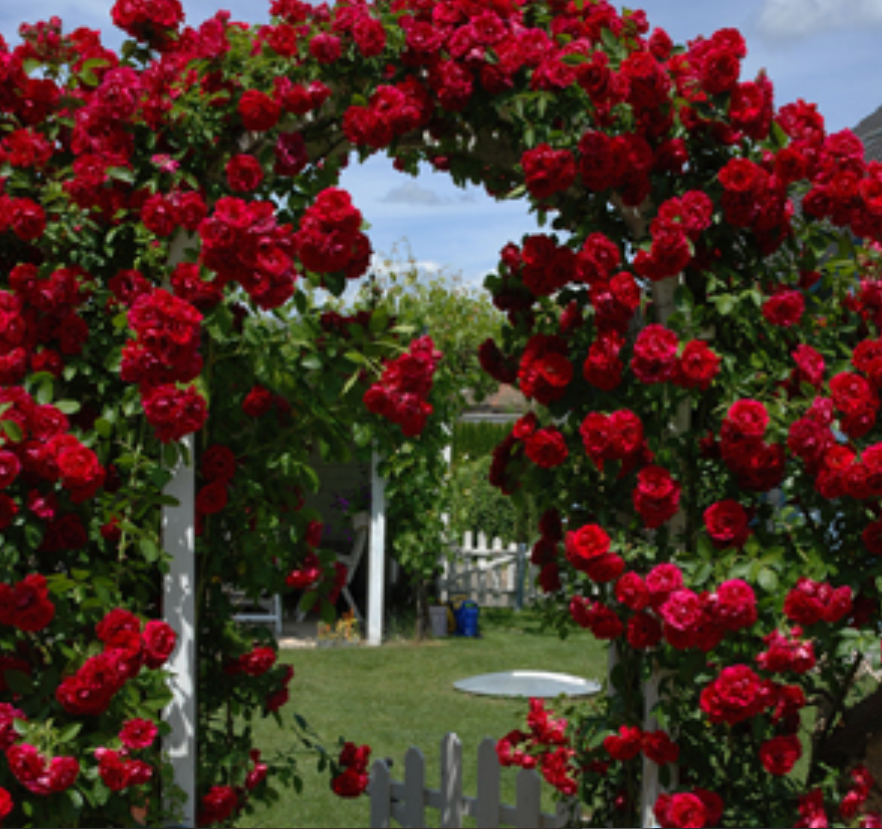Climbing to New Heights: Fastest Growing Climbing Roses

Growing climbing roses requires patience and care, as they won’t reach their full potential when they first bloom.
To achieve the true elegance of climbing roses, you will need to train them for a year or two to grow in the desired direction.
During this period, it is best to only prune diseased or dead branches, allowing the roses to establish fully and offer a fuller appearance at the base.
After the initial establishment period, you can begin shaping your climbing roses and lightly prune them in late winter or early spring.
Deadheading is also important to keep your roses blooming continuously.
The exact growth rate of your climbing roses will depend on various factors, including the variety you choose.
If you are looking for fast-growing climbing roses, Iceberg climbing roses are an excellent choice.
What are the best roses for climbing?
The best climbing rose depends on the structure you want your roses to climb around.
For instance, Pierre de Ronsard is an excellent choice for walls and fences, thanks to its branching shoots that spread out beautifully.
Whether you are looking for climbing roses for arches or something to enhance a doorframe, Garden Express offers a diverse range, including Blue Moon and the stunning Peace varieties.
Some great structural options for your climbing roses include:
- Walls and fences
- Arbors and arches
- Pergolas
- Chains and ropes
- Posts and pillars
It is important to have a vision for your climbing roses before selecting a variety. Consider what they will be climbing and the desired appearance.